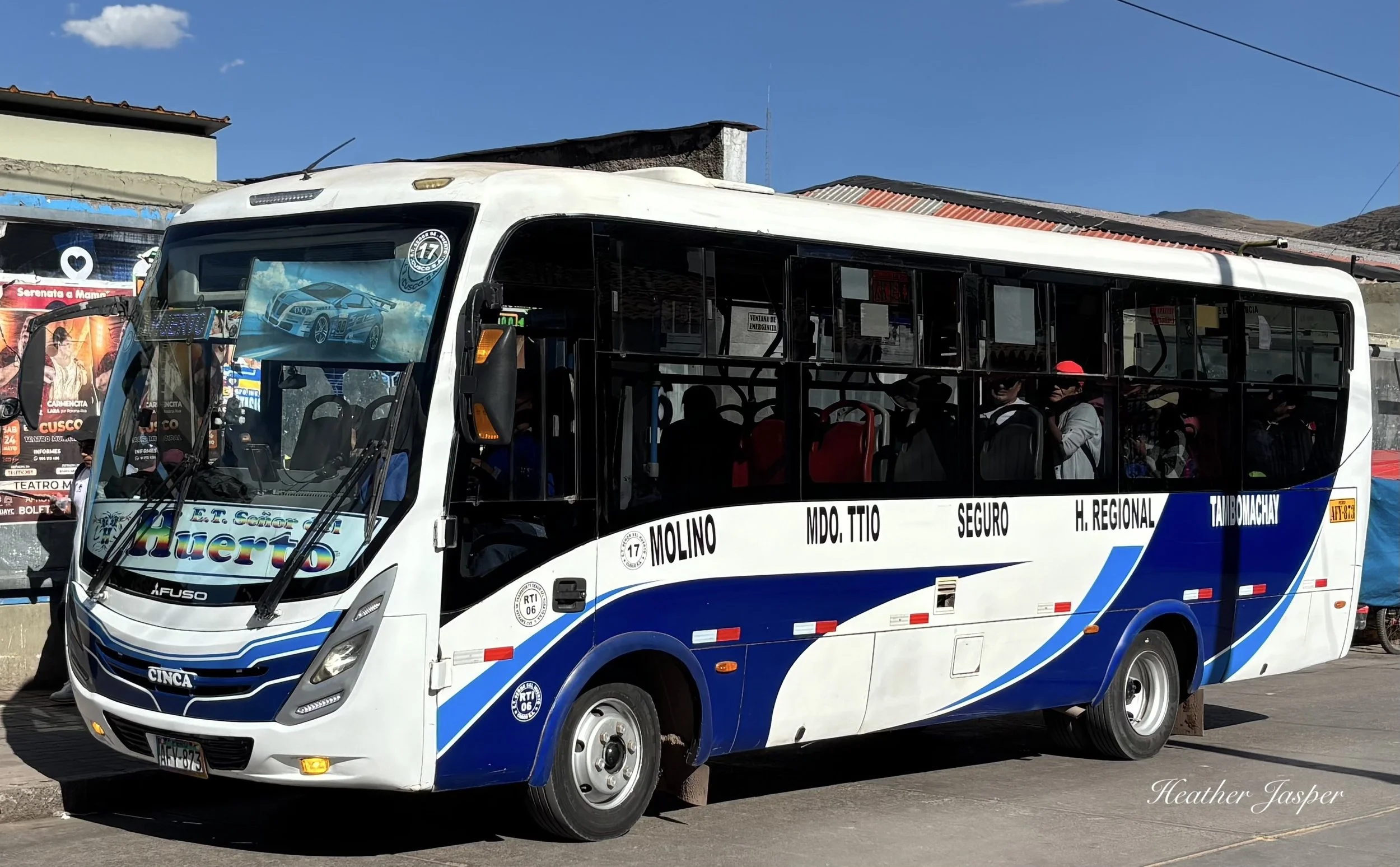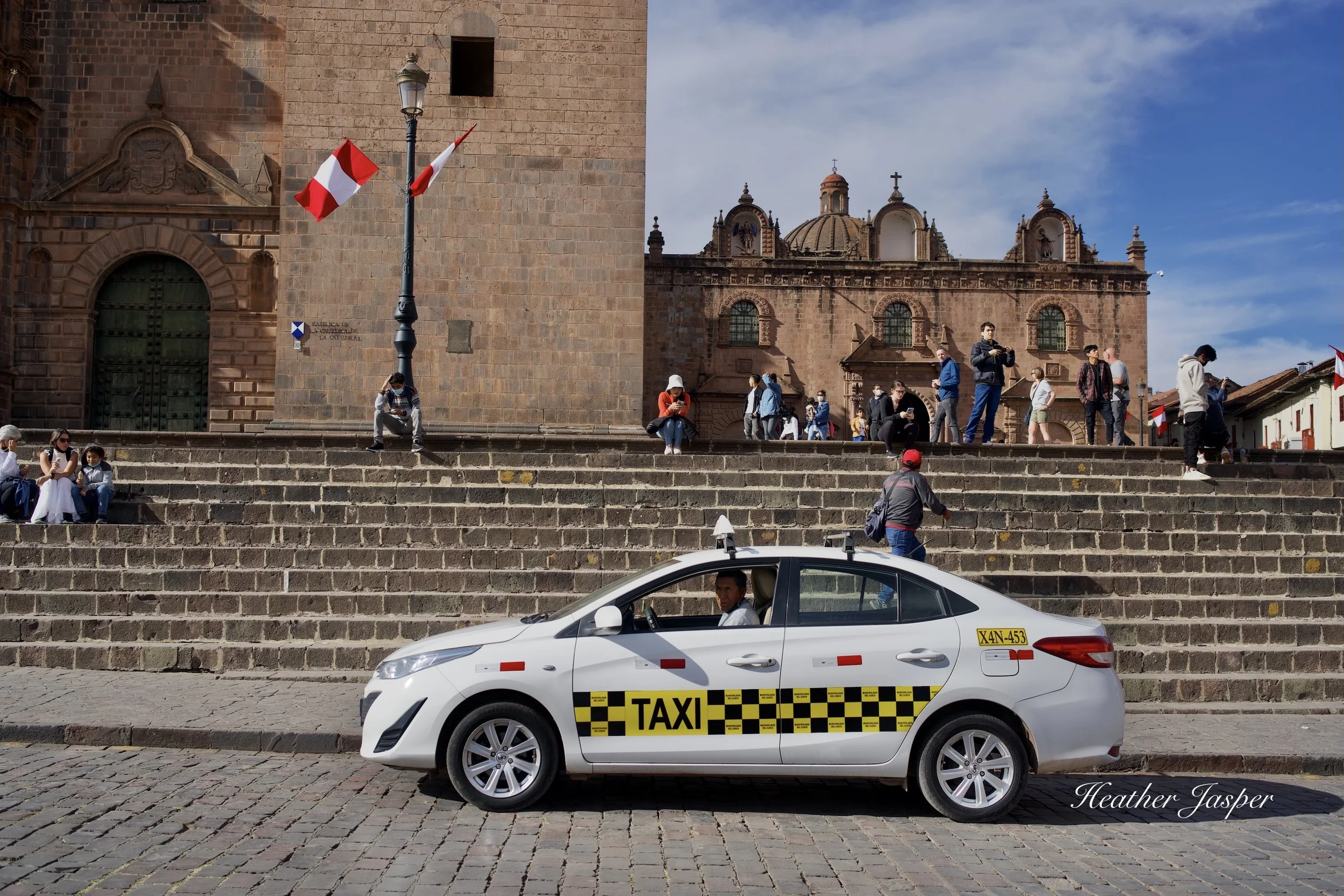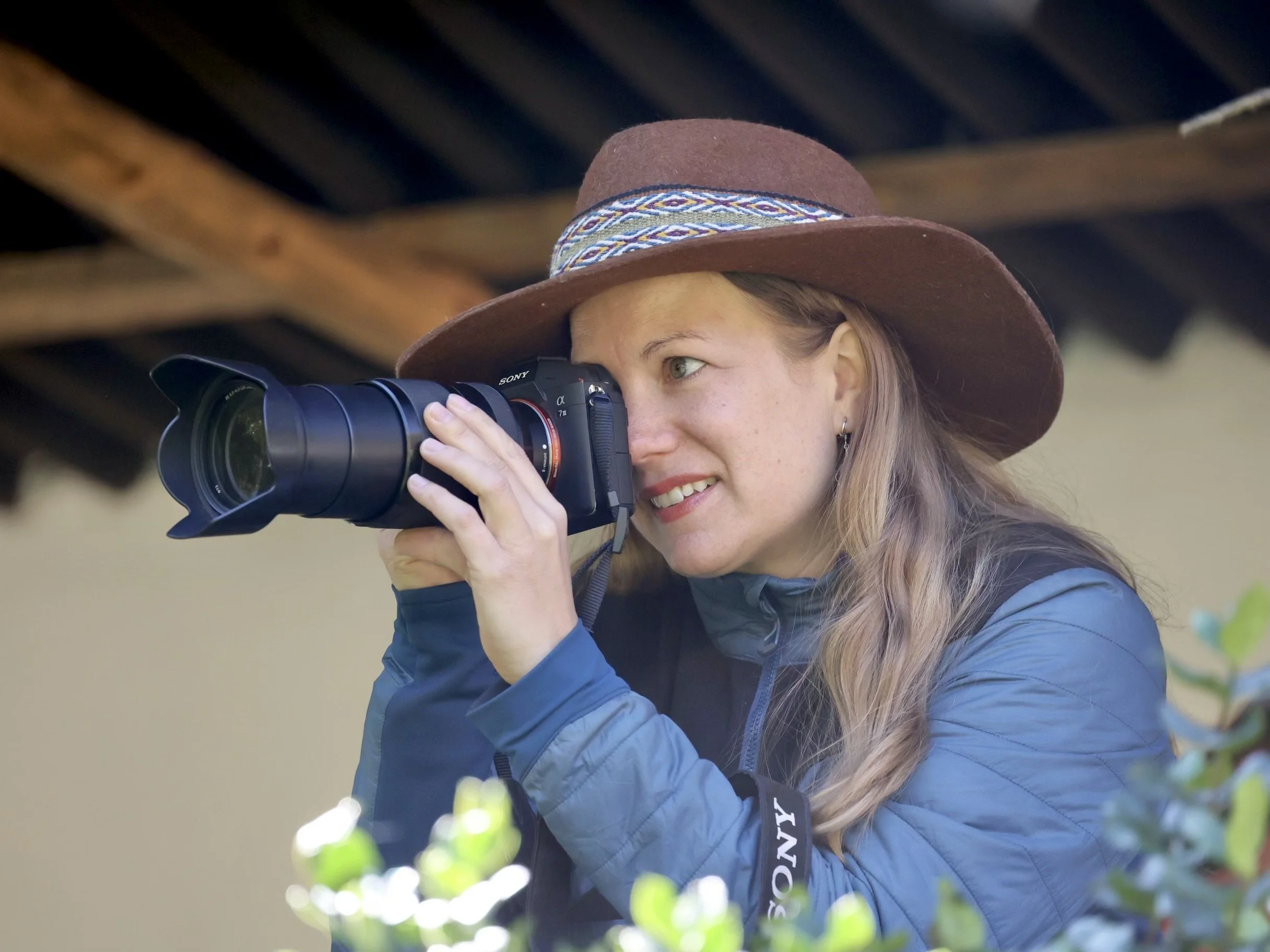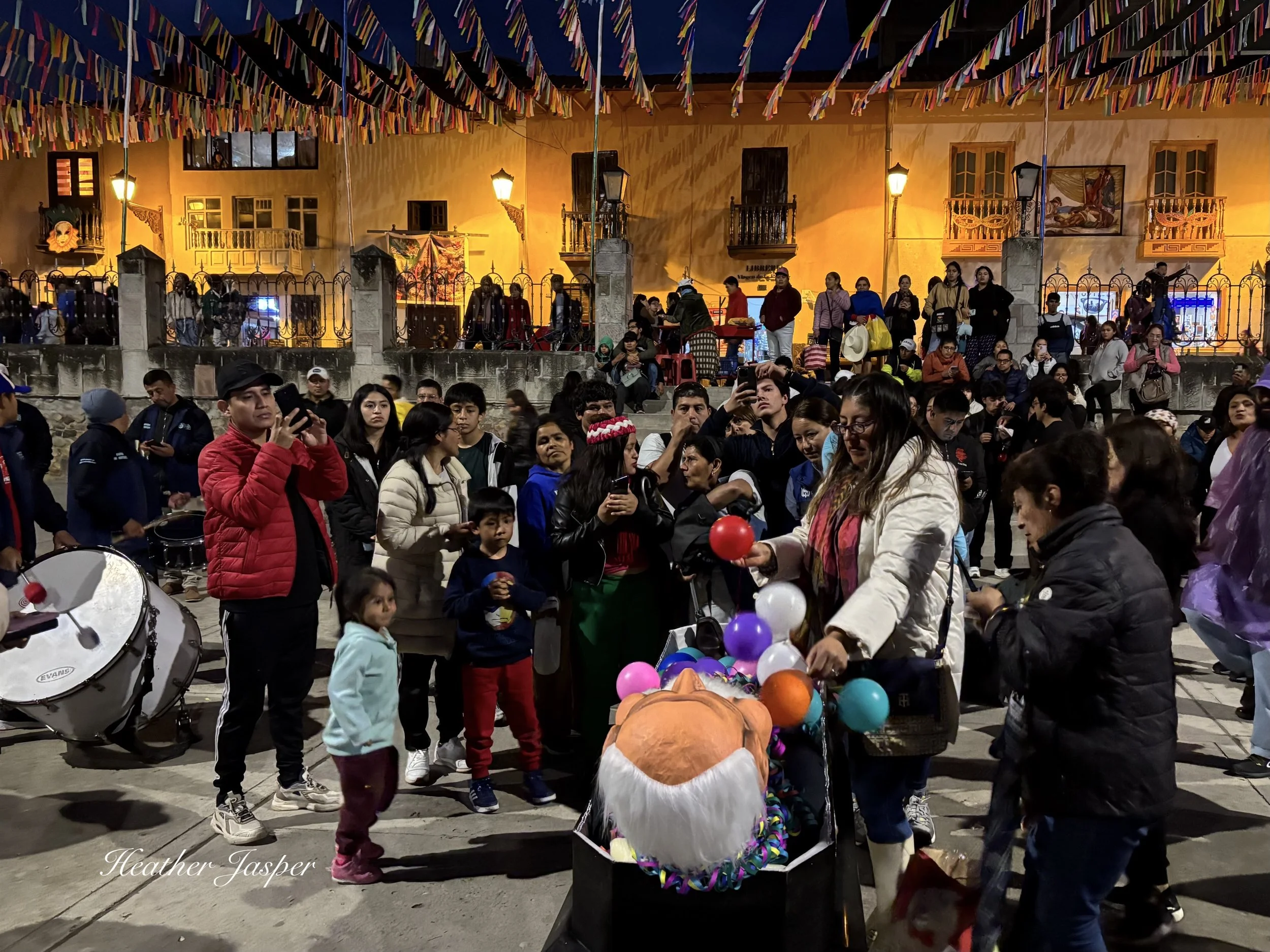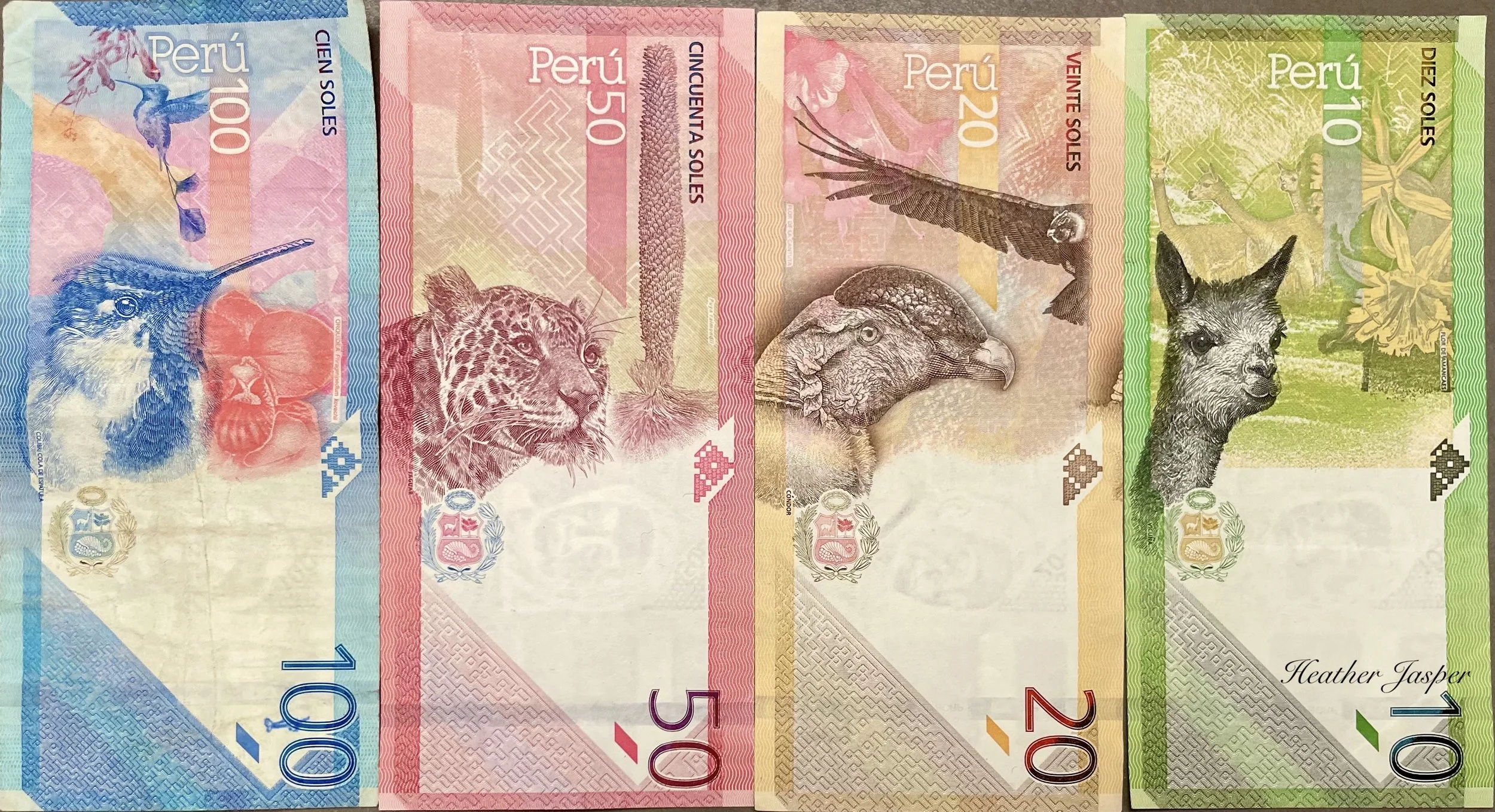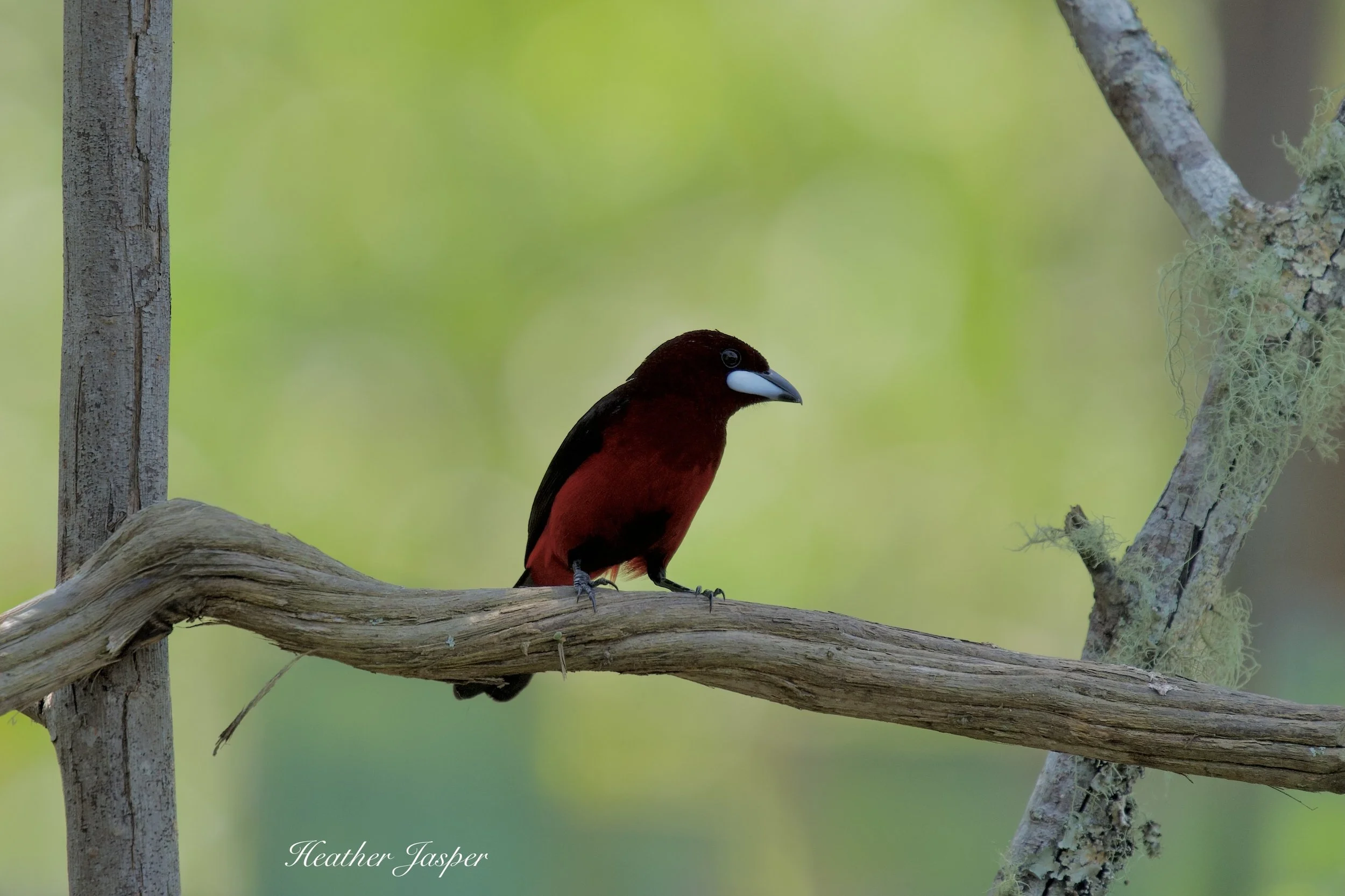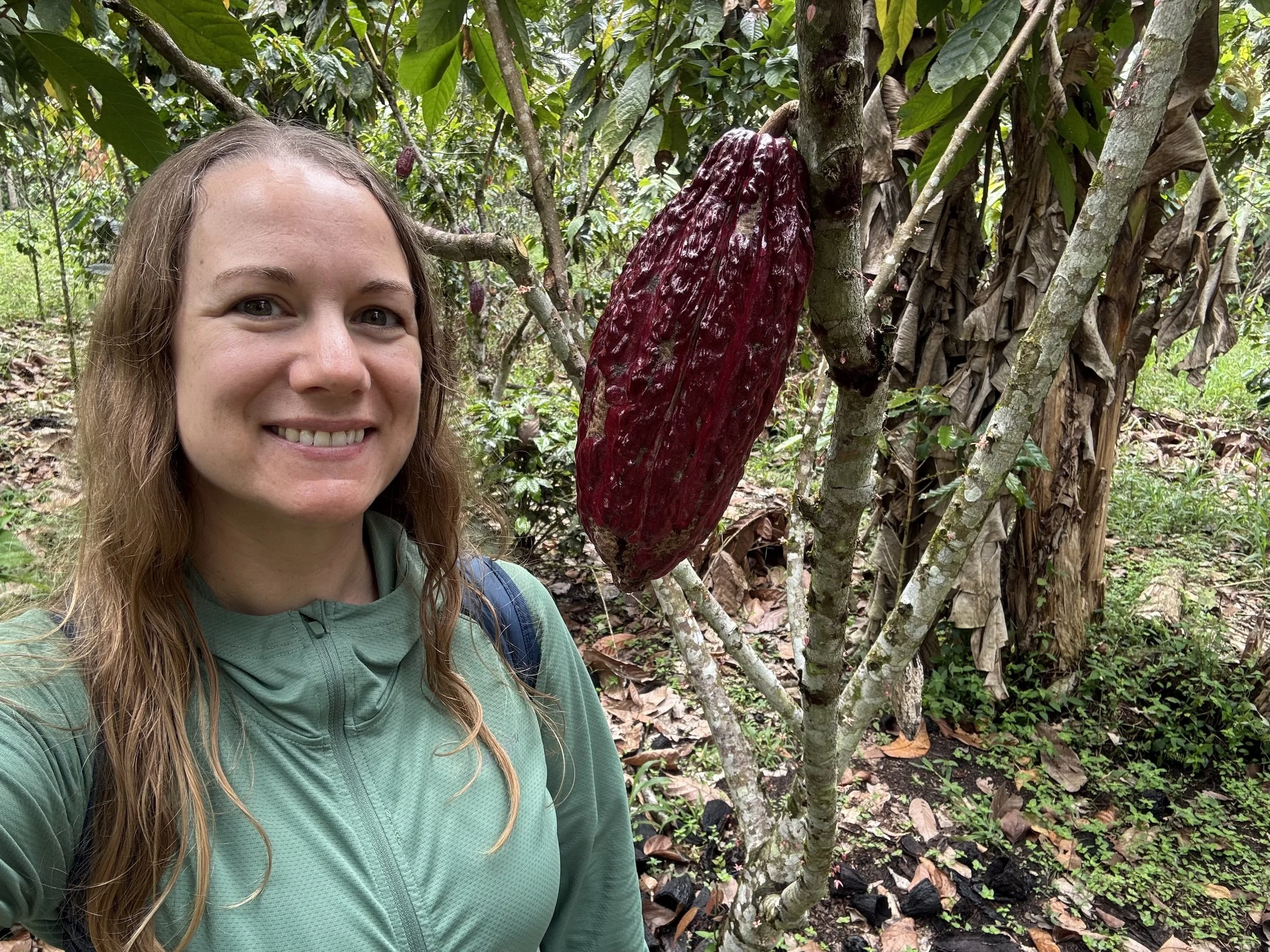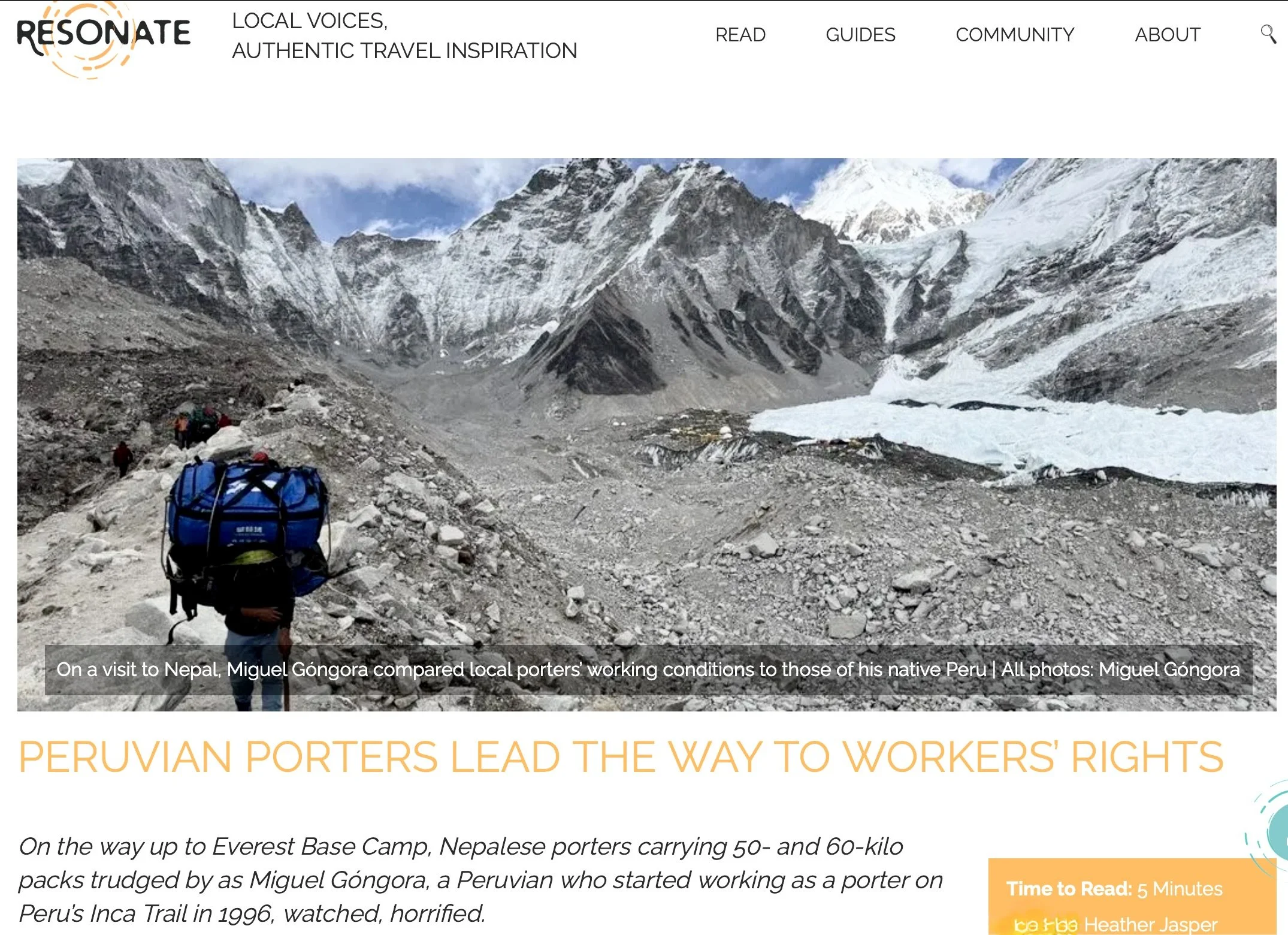Travel Tip 119
How to avoid travel scams
First a quick announcement!
I’m on the Zero to Travel podcast that drops October 7 so follow the show now and you’ll get my episode about living in Peru, becoming a travel writer and one of my most commonly requested topics: how to ethically hike the Inca Trail.
Know where you’re going and what the fare is before you board the bus.
My best advice for avoiding scams
I just got home to Cusco after almost three weeks in northern Peru. While I was in a relative backwater, where people don’t usually see enough tourists to learn to scam them, I was still overcharged for a bus.
I knew it was a scam and also knew that he knew I couldn’t prove the fare was less than what he charged. He said it was s/5 soles when I knew it should have been s/1 or s/2. He also knew that the amount was so low I’d likely not want to waste my time arguing with him. He was right. S/5 is less than $1.50 US. I paid and went on my way.
However, some scams are so egregious that I’d rather argue than give in.
Here’s 5 common scams to avoid
Unfortunately, taxis are the source of lots of scams. Always research taxis when you travel.
Taxis that overcharge
In my case it was a bus this time, but taxis are the source of many scams. In some cities, taxi meters are required but the driver says it’s broken. Do your research and know if taxi meters are mandatory where you’re traveling. Get out if the driver tells you it’s broken.
However, in places where taxis don’t have meters, like Cusco, ask somebody at your hotel or the restaurant you’re leaving how much a taxi should charge to where you’re going. Negotiate the fare before you get in the car, and repeat the fare the driver says, to be sure you got it right. If you don’t speak Spanish, use Uber or ask your hotel to call a taxi and negotiate the fare for you.
A friend took this photo with her phone, then texted it to me, though I would have trusted her with my phone.
Somebody offering to take your photo
If I need more than a selfie, I look for somebody who has a nicer camera than me or somebody with a nicer phone than me. Unless I’m somewhere the person can’t take off with my phone, like the rooftop of my hotel, I don’t give my phone to any stranger who offers to take my picture for me.
As a mostly solo traveler, this sometimes I don’t get photos of myself in cities, which is fine. On a guided rainforest tour, I’m happy to let the guide take my picture. There’s nowhere they can run to when we’re on a boat.
Some crowded events at night are safe, like this carnival event in Cajamarca, and others are full of pickpockets. Be on your guard.
Somebody distracting you
This is the hardest one to protect yourself from and I’ve seen it happen but am lucky so far nobody has tried it on me. You’re somewhere in public, usually in a crowded place, and one person bumps into you or somehow gets your full attention. Then, their accomplice rushes in and grabs your phone or wallet and runs off before you can react. Besides being aware that this can happen, and keeping your phone or wallet safely tucked in an inner pocket in crowded places, there’s not a lot you can do to prevent this. Do your research before traveling so you know when you’re going somewhere that is famous for pickpockets and scams – like downtown Lima, some neighborhoods of Buenos Aires or Naples.
Peru’s new bills have animals and lots of safety features like watermarks and reflective stripes.
Counterfeit money
I’ve had this happen twice in Peru and both times caught it, but only because I know what to look for in Peruvian money. If you’re going somewhere with a different currency, first get some from a bank or ATM, so you know it’s real. Take the time to look at the safety features like watermarks and reflective stripes. When people give you change, look to see it’s not counterfeit. Locals do it, so don’t be embarrassed that the person will think you don’t trust them. Always check, no matter who gives you the money.
Peru’s old bills are still valid, but there are lots of counterfeits so always check before you accept them.
Incorrect change
This is also an easy scam for people unfamiliar with a foreign currency. They may give you back a bill with the same number, like 5 instead of 50 or a coin worth 1 instead of 2, if the coins look similar. Don’t let them rush you and take the time to count and check your change. People can tell when you’re in a hurry and are more likely to try something like this if they think you won’t double check the amount they’re giving you.
Apologies if this seemed overly negative, but it’s information I know a lot of people need, either for the first time or as a reminder.
My trip to northern Peru
Besides a few blips with transportation, my trip to northern Peru was spectacular. I started by flying into Tarapoto and staying at Sachakuna Resort, then went to Moyobamba for birding with Ikam and Tingana. My reviews and blogs for all three are below. Spoiler: I loved all of them!
Just being at Sachakuna is an act of self care and wellness.
Sachakuna is all about wellness and I loved their masseuse and yoga teacher. The beautiful location is relaxing all on its own, but they also do ayahuasca retreats.
The Black-bellied Tanager was one of eleven new birds I added to my life list with Ikam
In just one morning with Ikam I added 11 new species to my life list! Check out the blog to see all the amazing wildlife I spotted that morning – there was more than birds!
I saw lots of wildlife at Tingana, plus where people grow cacao to make chocolate!
This is the highest-altitude wetlands in the world, with unique biodiversity and all five species of kingfishers found in Peru. The blog also includes the monkeys I saw, plus a sloth and a family of coatis.
New Article
Peruvian Porters Lead the Way to Workers’ Rights
Resonate just published my interview with Miguel Góngora, who used to be a porter in Peru. He went to Nepal earlier this year and has a lot to say about how porters are exploited in both Nepal and Peru.

